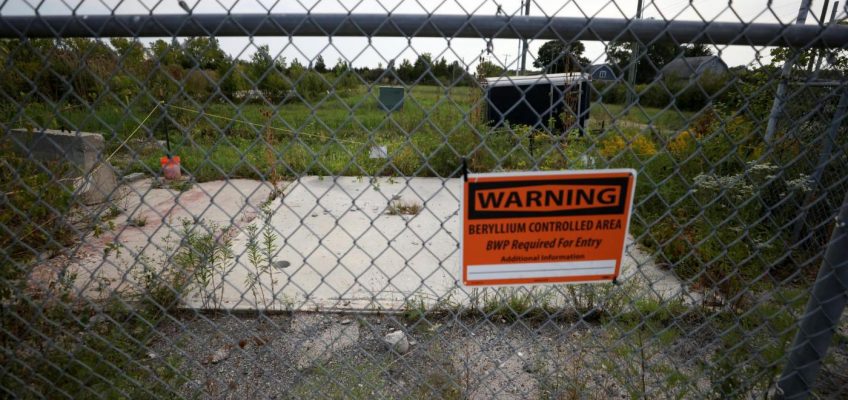Today is Friday, Aug. 8, the 220th day of 2025. There are 145 days left in the year.
Today in history:
On Aug. 8, 1974, President Richard Nixon, facing damaging new revelations in the Watergate scandal, announced he would resign the following day.
Also on this date:
In 1814, during the War of 1812, peace talks between the United States and Britain began in Ghent, Belgium.
Related Articles
Judge stops hazardous waste shipments to Michigan landfill from five states
Neo-Nazi group leader sentenced to 20 years in prison for planned Maryland power grid attack
Hubble Space Telescope takes best picture yet of the comet visiting from another solar system
Roblox rolls out open-source AI system to protect kids from predators in chats
OpenAI launches GPT-5, a potential barometer for whether AI hype is justified
In 1815, Napoleon Bonaparte set sail for St. Helena to spend the remainder of his days in exile.
In 1876, Thomas Edison received a patent for his electric pen—the forerunner of the mimeograph machine.
In 1908, Wilbur Wright makes the Wright Brothers’ first public flying demonstration, at Le Mans racecourse in France.
In 1911, President William Howard Taft signed a measure raising the number of U.S. representatives from 391 to 433, effective with the next Congress, with a proviso to add two more when New Mexico and Arizona became states.
In 1963, Britain’s “Great Train Robbery” took place as thieves made off with 2.6 million pounds in banknotes.
In 1969, photographer Iain Macmillan took the iconic photo of The Beatles that would appear on the cover of their album “Abbey Road.”
In 1988, Chicago’s Wrigley Field hosted its first-ever night baseball game; the contest between the Chicago Cubs and Philadelphia Phillies would be rained out in the fourth inning.
In 2000, the wreckage of the Confederate submarine H.L. Hunley, which sank in 1864 after attacking the Union ship Housatonic, was recovered off the South Carolina coast and returned to port.
In 2009, Sonia Sotomayor was sworn in as the U.S. Supreme Court’s first Hispanic and third female justice.
In 2022, FBI agents executed a search warrant for former President Donald Trump’s residence at Mar-a-Lago in Palm Beach, Florida; over 13,000 government documents, including 103 classified documents, were seized.
In 2023, a series of wind-driven wildfires broke out on the Hawaiian island of Maui, destroying the town of Lahaina and killing more than 100 people.
Today’s Birthdays:
Actor Nita Talbot is 95.
Actor Dustin Hoffman is 88.
Actor Connie Stevens is 87.
Actor Larry Wilcox is 78.
Actor Keith Carradine is 76.
Movie director Martin Brest is 74.
Radio-TV personality Robin Quivers is 73.
Percussionist Anton Fig is 72.
Actor Donny Most is 72.
Rock musician Dennis Drew (10,000 Maniacs) is 68.
TV personality Deborah Norville is 67.
Rock musician The Edge (U2) is 64.
Rock musician Rikki Rockett (Poison) is 64.
Rapper Kool Moe Dee is 63.
Rock singer Scott Stapp is 52.
Country singer Mark Wills is 52.
Actor Kohl Sudduth is 51.
Rock musician Tom Linton (Jimmy Eat World) is 50.
Singer JC Chasez (‘N Sync) is 49.
Actor Tawny Cypress is 49.
R&B singer Drew Lachey (lah-SHAY’) (98 Degrees) is 49.
R&B singer Marsha Ambrosius is 48.
Actor Lindsay Sloane is 48.
Actor Countess Vaughn is 47.
Actor Michael Urie is 45.
Tennis player Roger Federer is 44.
Actor Meagan Good is 44.
Britain’s Princess Beatrice of York is 37.
Actor Ken Baumann is 36.
Pop singer Shawn Mendes is 27.




